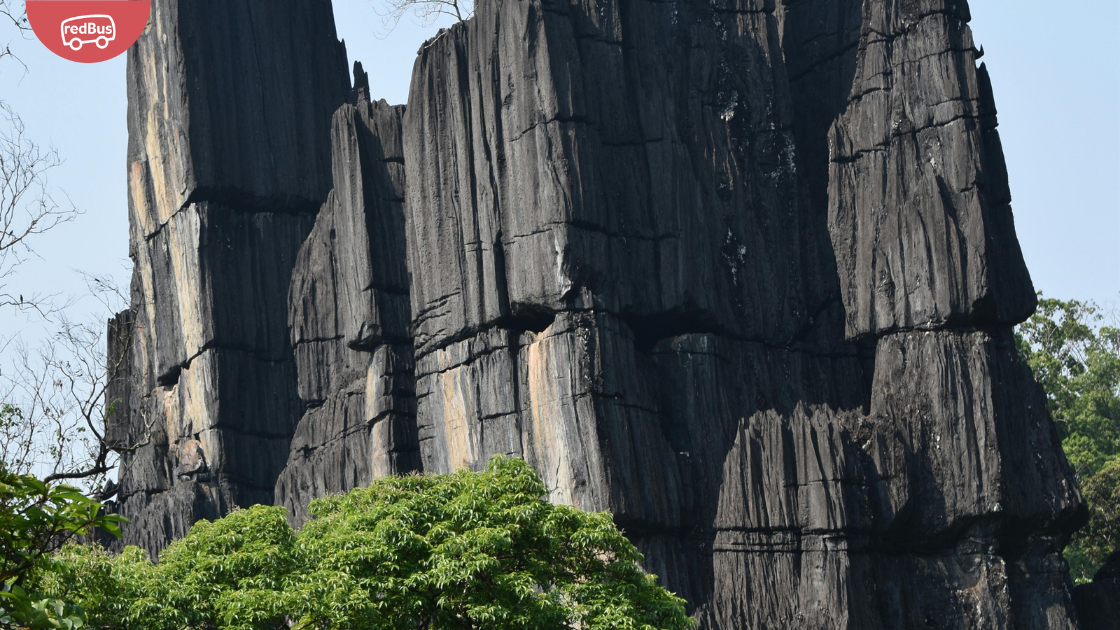Bihar, known for its rich cultural heritage and historical significance, also boasts a diverse array of natural wonders, including wildlife sanctuaries and national parks. These protected areas not only harbor a myriad of flora and fauna but also offer visitors a chance to immerse themselves in the serene beauty of nature. In this blog, we embark on a journey to explore some of Bihar’s renowned wildlife sanctuaries and national parks, each offering a unique glimpse into the state’s biodiversity and ecological splendor.
Valmiki Tiger Reserve:
Nestled in the Terai region of West Champaran district, the Valmiki Tiger Reserve is a haven for wildlife enthusiasts and nature lovers. Sprawling over an area of 899.38 square kilometers, this reserve is home to a significant population of Bengal tigers, making it one of the prime tiger habitats in Bihar. Apart from tigers, the reserve also shelters diverse wildlife, including leopards, elephants, sloth bears, and various species of deer. Visitors can explore the reserve through jungle safaris, nature walks, and birdwatching excursions, immersing themselves in the untamed beauty of the Terai landscape.
Bhimbandh Wildlife Sanctuary:
Located in the southeastern part of Bihar, the Bhimbandh Wildlife Sanctuary is renowned for its unique geological formations and diverse ecosystem. Spread across an area of 682.72 square kilometers, the sanctuary encompasses dense forests, rocky cliffs, and cascading waterfalls, providing a picturesque backdrop for wildlife sightings. The sanctuary is home to a variety of species, including sambar deer, barking deer, wild boar, and langur monkeys. Trekking trails and nature walks offer visitors an opportunity to explore the sanctuary’s rugged terrain and discover its hidden treasures.
Kaimur Wildlife Sanctuary:
Situated amidst the rugged Kaimur hills in Rohtas district, the Kaimur Wildlife Sanctuary is a haven for biodiversity enthusiasts and adventure seekers. Spanning an area of 1,342 square kilometers, the sanctuary is characterized by its undulating terrain, dense forests, and pristine streams. It is home to a diverse range of flora and fauna, including leopards, sloth bears, Indian civets, and various species of birds and reptiles. Trekkers and nature lovers can traverse the sanctuary’s network of trails, encountering breathtaking vistas and encountering its rich wildlife along the way.
Pant Wildlife Sanctuary:
Perched on the banks of the Gandak River in East Champaran district, the Pant Wildlife Sanctuary is a lesser-known gem waiting to be explored. Spread over an area of 106 square kilometers, the sanctuary is characterized by its lush grasslands, wetlands, and riverine forests. It is home to a variety of wildlife, including spotted deer, nilgai, wild boar, and migratory birds such as sarus cranes and painted storks. Boating expeditions along the Gandak River offer visitors a unique opportunity to observe the sanctuary’s avian residents in their natural habitat.
Conclusion:
Bihar’s wildlife sanctuaries and national parks stand as sanctuaries of biodiversity, offering a refuge for diverse flora and fauna amidst the state’s bustling landscape. Whether embarking on a thrilling tiger safari in Valmiki Tiger Reserve or exploring the rugged terrain of Kaimur Wildlife Sanctuary, visitors are sure to be captivated by the natural splendor and ecological richness of Bihar’s protected areas. As we continue to strive for conservation and sustainable development, let us cherish and protect these invaluable treasures for generations to come.







